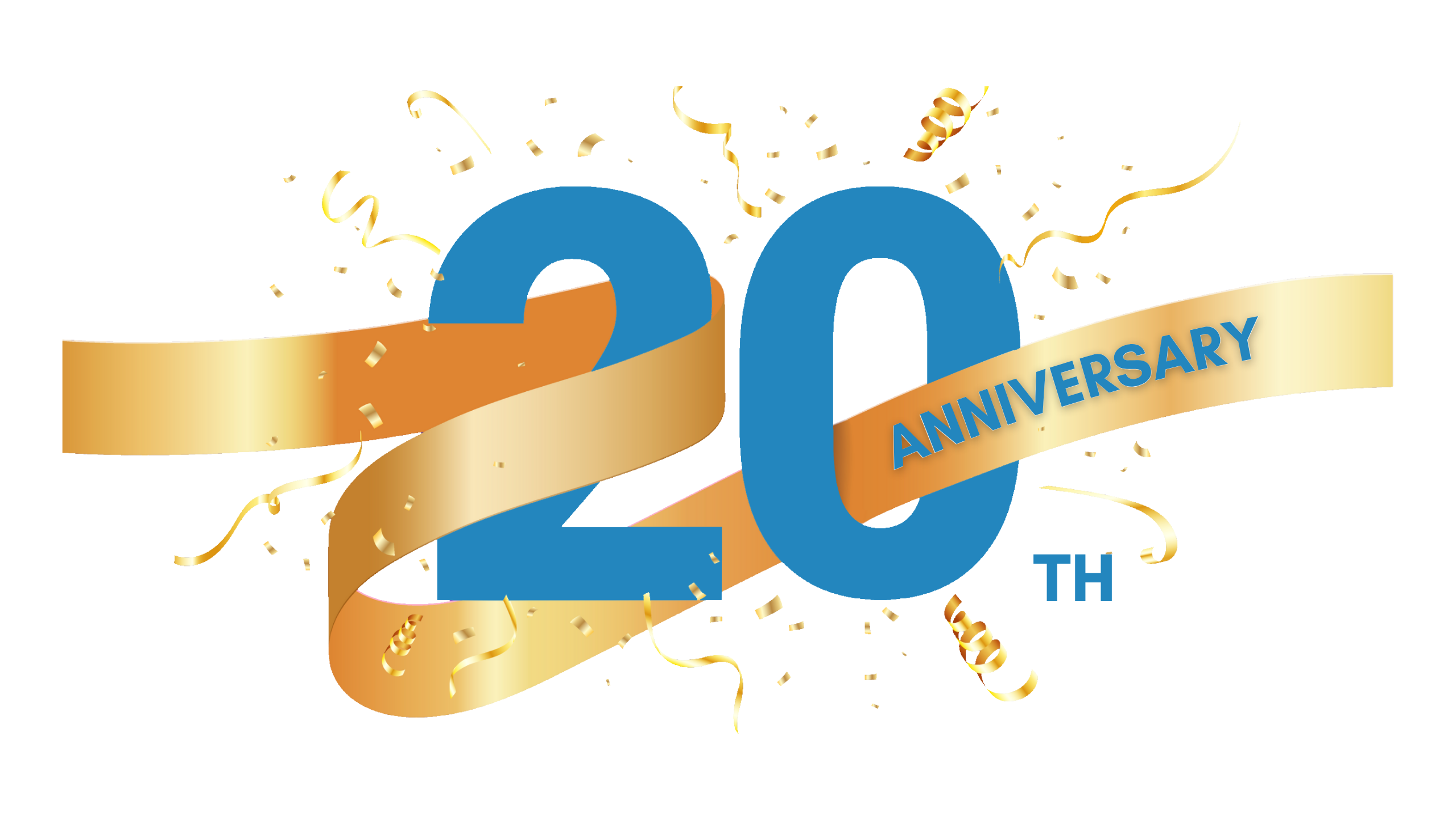* Terms and Conditions apply.



We read a lot about the amount of screen time children are exposed to these days. There is no doubt there are some great apps which are educational and useful in all sorts of ways. But what about more traditional forms of entertainment such as storytelling? In the modern world, does story telling (and listening to stories told) have a place?
In Hong Kong there is a charity which receives funding to train volunteers, many of whom are grandparents, to read stories to kindergarten children. This excellent initiative has the goal to create a bond between the older and younger generations and this aim seems to be succeeding. The idea that some older citizens can share their time with youngsters in order for the children to experience being read stories is a very interesting one. It provides confidence to the elderly who receive training and develop a rapport with the children and the children enjoy it.
But is there an educational benefit to this type of exercise?
Of course, there is. Many education systems hope to be able to help students develop a reading habit because this is felt to be a valuable habit for children to have. But a reading habit is just that – a habit. It can’t be fostered by pushing a whole pile of books at children and expecting them to pick them up at the allotted time each day and read them. Reading is something which needs to be facilitated, modelled and shown to be a worthwhile and enjoyable activity. And having stories read to you or being told stories when you are a child is one way for the habit to begin.
Many parents read to their children when the children are preschool age. But once the children reach school, a lot of the emphasis of reading, including the choices of materials and the amount of time devoted to it, becomes the responsibility of the school.

Children need to see reading as a worthwhile activity. Being read to shows that it is worthwhile because someone has given their time to read a story. Seeing people around the child reading is also a valuable lesson – if a parent shows a child that reading is a valid leisure activity because they themselves elect to do it, a powerful message is being sent about the value of reading. If a child thinks that reading is something which is done for 15 minutes each evening before going to bed and at no other time it is more difficult for a reading habit to develop. But if reading appears throughout the day, as a positive and enjoyable activity, a strong message about reading is being sent.
When I was a child, the easy access to various forms of entertainment was a far cry from what it is today. We had limited TV channels which had even more limited TV programmes for children. But we had shelves and shelves of books – children’s books, chapter books, picture books, books by well-known writers, a child’s encyclopedia. So it is no surprise to me that I spent a great deal of my time as a child reading. We also had parents who read. Our parents read to us, our parents listened to us reading aloud and reading to the other children. They also read themselves – novels and magazines and material which was related to work. Yet even with this serious opportunity to develop a reading habit not all of my siblings did so. While myself and two of the others developed into avid readers and still read for pleasure as adults, one of my siblings does not count reading among his interests or pastimes.
So providing as much enthusiasm and emphasis on reading is very important if reading is going to become a habit and this is probably more important today with the much more tempting entertainment most children have on screens such as tablets and phones.
Reading to a child is a great way to start and I applaud any organization which makes this possible.